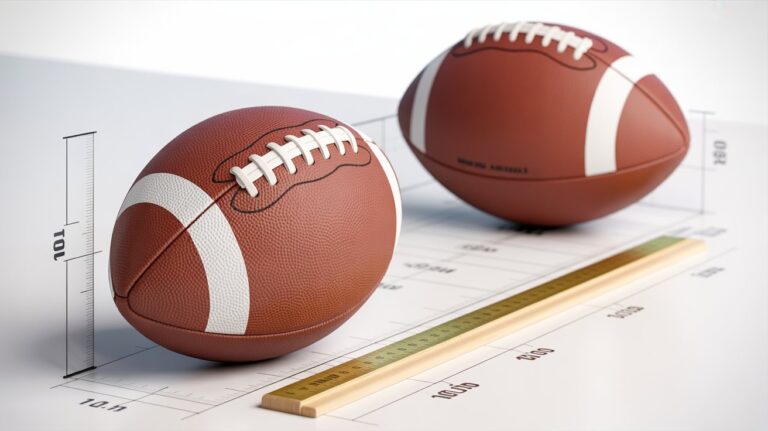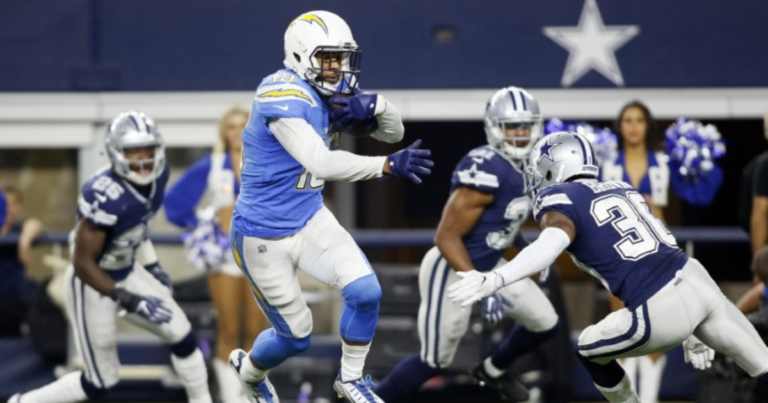How to Measure Your Waist for Football Pants
Introduction
It’s critical to find the ideal football pants fit for comfort and performance on the field. Your game can be greatly impacted by a poorly fitting pair of pants, which can lead to discomfort, limited mobility, and possible performance problems. To ensure that you get the most comfortable and useful football pants possible, this thorough guide will show you how to measure your waist exactly.
Why Accurate Measurement Matters
Proper waist measurement is more than just a number—it’s about:
- Ensuring optimal mobility during play
- Preventing chafing and discomfort
- Maximizing protective gear effectiveness
- Avoiding unnecessary equipment adjustments during games
Essential Tools for Accurate Measurement
Before you begin, gather these tools:

- Flexible measuring tape
- Mirror
- Comfortable, form-fitting clothing
- Pen and paper to record measurements
Step-by-Step Waist Measurement Guide
1. Prepare for Measurement
- Wear thin, form-fitting clothing or compression gear
- Stand in a relaxed, upright position
- Ensure you’re standing on a flat surface
- Keep your feet shoulder-width apart
2. Locate Your Natural Waistline
- Find the narrowest part of your torso
- This is typically just above your belly button
- For football players, this might be slightly different due to muscle composition
3. Measuring Technique
- Hold the measuring tape parallel to the ground
- Wrap the tape around your waist
- Keep the tape snug but not tight
- Ensure the tape is level all the way around
- Take a normal breath and measure
4. Pro Tips for Accurate Measurement
- Measure twice to confirm accuracy
- Don’t pull the tape too tight
- Keep the tape horizontal
- Avoid sucking in your stomach or puffing out your chest
Football Pants Sizing Reference Table
| Waist Size (inches) | Recommended Pant Size | Typical Player Build |
| 28-30 | Small | Lightweight players |
| 31-34 | Medium | Average build |
| 35-38 | Large | Muscular players |
| 39-42 | X-Large | Defensive linemen |
| 43+ | XX-Large | Heavyweight players |
Common Measurement Mistakes to Avoid
Measuring over bulky clothing

Using an old or stretched measuring tape
Not standing straight
Holding breath during measurement
Measuring too loosely or too tightly
Modern Trends in Football Pants Sizing
Recent developments in football equipment technology have introduced:
- More flexible sizing options
- Advanced stretch fabrics
- Customizable compression fits
- Enhanced moisture-wicking materials
Frequently Asked Questions (FAQs)
Q1: How often should I remeasure my waist? A: Measure every 3-4 months or after significant body composition changes.
Q2: Do different football positions require different pant fits? A: Yes, linemen typically need roomier fits, while receivers prefer more streamlined pants.
Q3: Can I rely on clothing size from other garments? A: No, always measure specifically for football pants, as sizing varies by brand and style.
Q4: What if I’m between sizes? A: Always choose the larger size and use belt adjustments for a perfect fit.
Q5: How tight should football pants be? A: They should be snug but allow full range of motion without restriction.
Conclusion
The first step in ensuring your comfort and performance on the field is measuring your waist for football pants. You can choose pants that offer the ideal ratio of protection, flexibility, and confidence by adhering to these exact guidelines.







